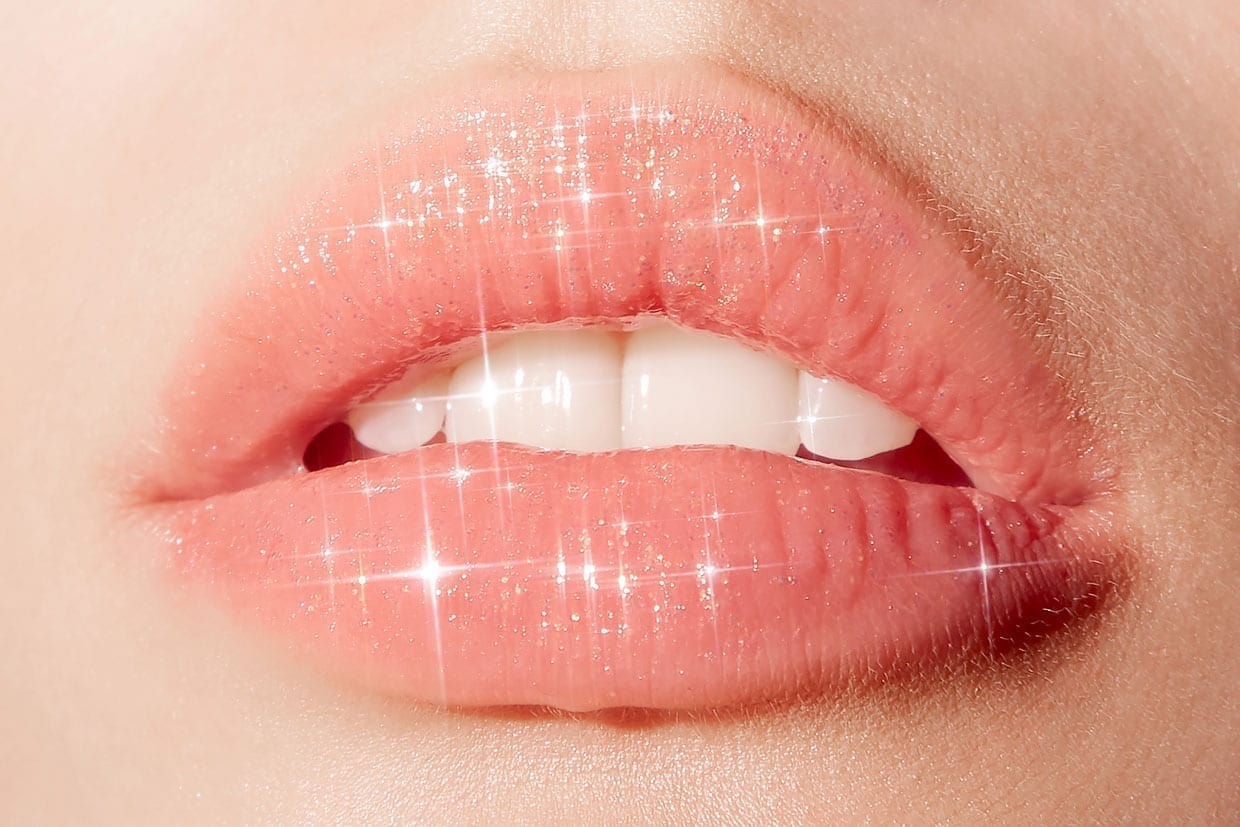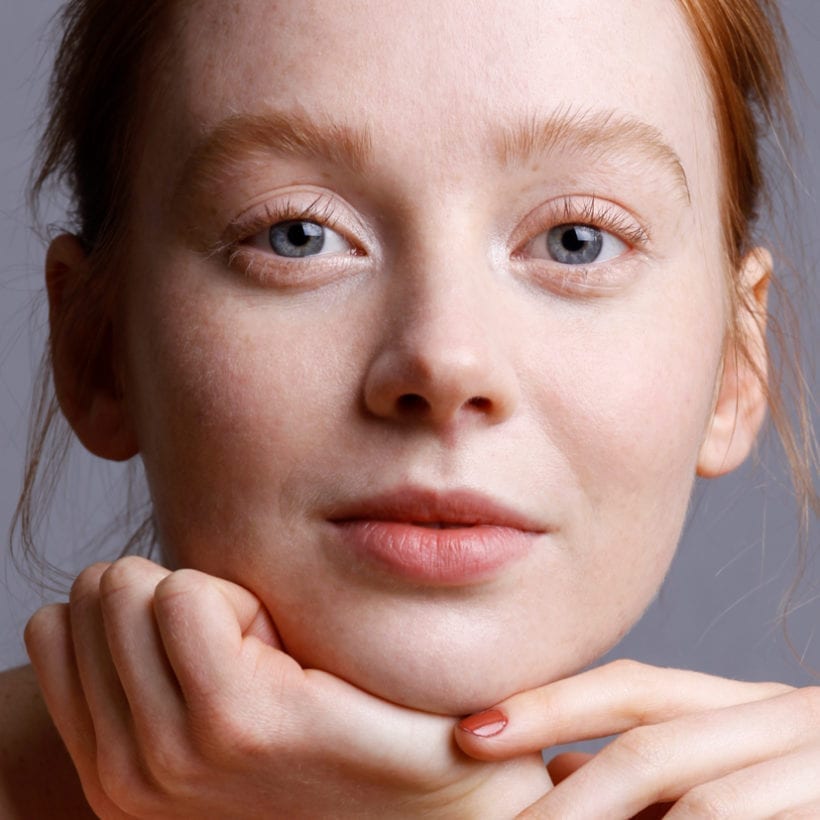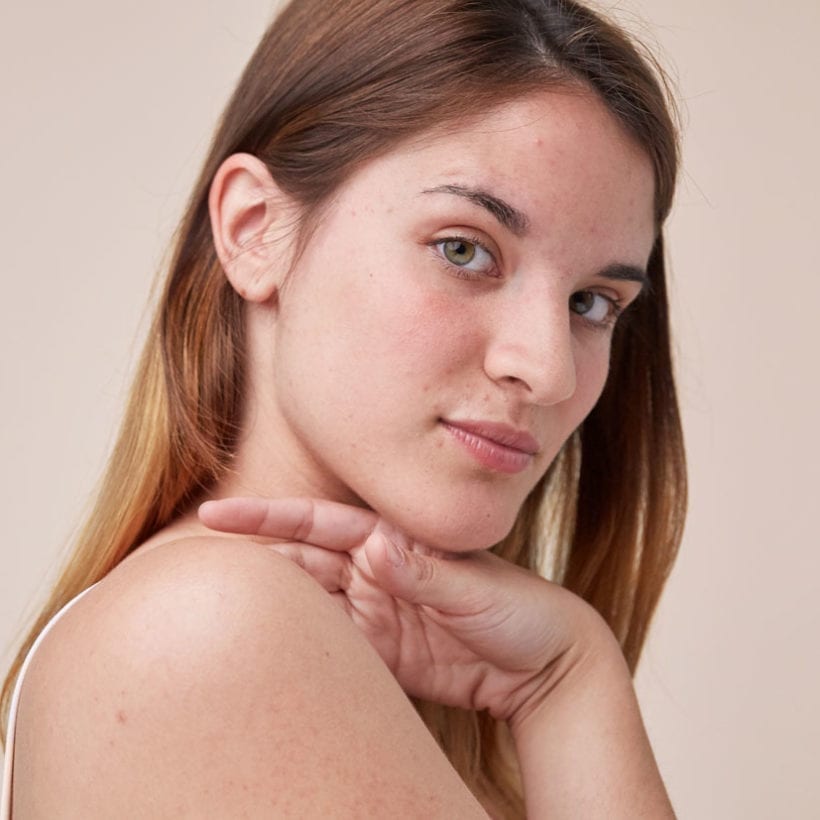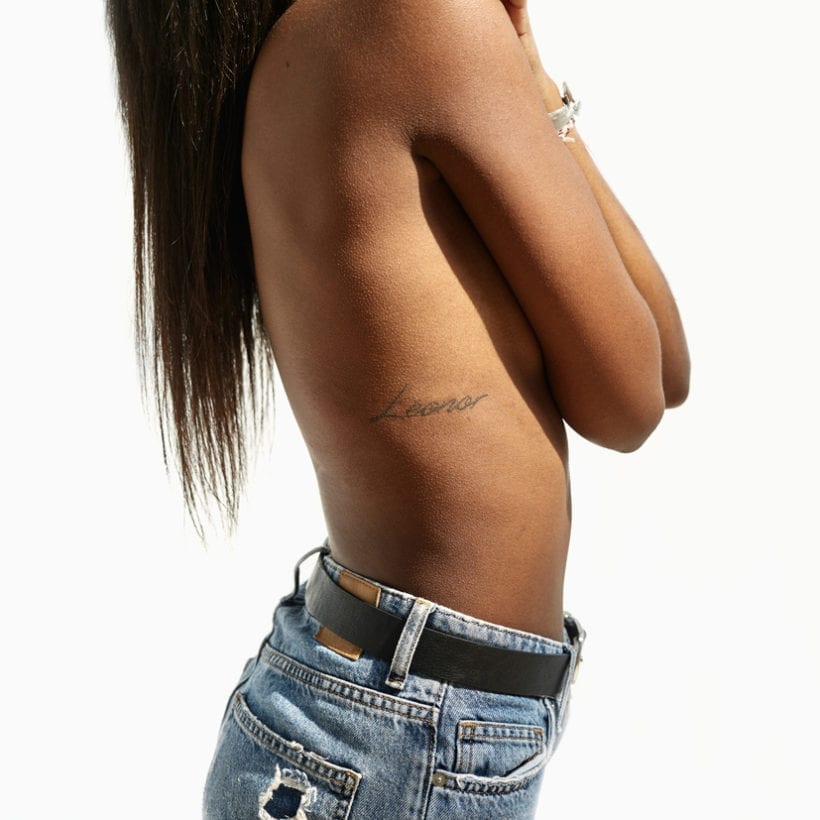Call it the Kylie Jenner effect: Fillers are having a moment. They were the second most popular procedure among women (and men) in 2018, according to the American Academy of Facial Plastic and Reconstructive Surgery. But what is all the hype about? Here is the complete 411 on fillers.
What are fillers?
Fillers are a powerful remedy for the effects of aging — namely, sagging and sinking. “As we age, we lose volume in our face. The ultimate result is ‘sagging,’ like deflating a balloon,” explains Raymond Douglas, M.D., a board-certified plastic surgeon in Beverly Hills, California. But the face doesn’t “deflate” uniformly. “Each person loses fat in different areas of the face at different times and different rates — even on each side of their face, so it is not always symmetrical losses,” adds Douglas.
And fillers are injections that do exactly what they sound like they do: fill sunken in spaces under the skin. “They are distributed into the face through layers of dermis [skin] to restore smoothness and facial volume by injection,” says Ava Shamban, M.D., a board-certified dermatologist and founder of Skin Five by Ava MD clinics. They can plump those areas — think cheeks, lips, lines around the mouth or under the eyes — instantly and over time.
https://www.instagram.com/p/Bi74YFQl_qN/
How do fillers work?
Fillers fall into two main categories: hyaluronic acid (HA) fillers and biostimulatory fillers.
HA fillers add instant volume. “They are very similar in composition to the material in our joints,” Douglas says. Biostimulatory fillers (like Sculptra and Bellafill) do double duty, adding a little instant volume and also triggering your cells to start producing more collagen — which begins to deplete in our 20s — naturally. Douglas calls it a “cascade reaction.”
“[A biostimulatory filler] is [in] liquid form and when injected it causes an immediate puff or filling that dissipates pretty quickly. Then it gets to work below creating a pretty specific, controlled immune response, which triggers collagen production,” he explains. “Over time we see improvements in that area and surrounding areas in terms of elasticity, tone and volume.”
When it comes to making a decision about which is best for you, it is best to talk to your board-certified dermatologist or plastic surgeon. “I usually recommend that patients stick to HA fillers to start and then can expand into biostimulatory fillers as we see how they do over time,” Douglas says. The effects of fillers generally last between three and six months. (Only HA fillers are reversible by injecting an enzyme called hyaluronidase, which dissolves the HA.)
When is the best time to use fillers?
That depends on you. “For some, mid-face volume losses reveal more hollows or dark circles around the eyes. For others, it is a hollow in the cheek areas or increases the look of nasolabial folds [deep lines around the nose] or a jowl effect. And there is volume loss in the lips as well. So, fillers are a way to strategically and instantly volumize the areas of losses to restore a more youthful effect,” says Douglas. “I am a strong believer in ‘prejuvenation’ — not just rejuvenation,” adds Shamban. In other words, it is a lot easier to prevent the loss of volume than it is to try to turn back the clock.
Can you pair fillers with other treatments?
Fillers are an awesome á la carte option but they also pair well with other treatments. “Think of it as making the bed: You have layers like the mattress, mattress pad, pillow top, sheet and comforter that make the bed ‘full,’ but if you have wrinkles on the cover, you want to do things to totally smooth out the top without disrupting the other layers,” says Douglas.
Getting fillers shouldn’t replace your skincare routine.
Fillers create that deeper fullness, but other treatments like lasers — which tighten skin by boosting collagen production — help keep the surface of your skin looking tight and lifted. “I usually combine fillers with neurotoxin [like Botox] and a resurfacing treatment like Fraxel laser, carbon dioxide laser, or radiofrequency microneedling,” says Sejal Shah, M.D., a board-certified dermatologist and founder of Smarter Skin Dermatology. “If someone needs more lift, then I also consider Ultherapy.”
The best results are part of an ongoing treatment plan, according to the experts. “None of this is one and done,” says Shamban. “Alternating and building the layers and ‘scaffolding’ from the foundation up in your custom plan to reach your goals and pushing back the drooping point will have the best fresh face looking back at you in the mirror.”
What are the best practices?
We have all seen examples of bad filler: overstuffed, inflated and the unmistakable look of “having work done.” “When it comes to fillers, the skill of the dermatologist or plastic surgeon doing the injecting is majorly important,” says Shamban. “Having a high-level understanding of the muscles, tissues, bone structure and facial composition is really key for the best result.”
“The chosen filler is important and about 20 percent of the equation, but the injector [themselves] is 80 percent of the result,” adds Douglas.
Here’s what you need to know to get the best results:
Ask the right questions. “It’s important to understand that there are different types of fillers, even within the category of HA fillers [such as Juvéderm, Belotero and Restylane],” says Shah. Different “weights” of fillers offer more or less volume and work better or worse for different areas of the face. “Talk about the best product for your areas of concern and why they would recommend fat over filler, stiffer options, longer-lasting or bio-simulators for specific areas and why?” says Douglas. “The more you understand the better.”
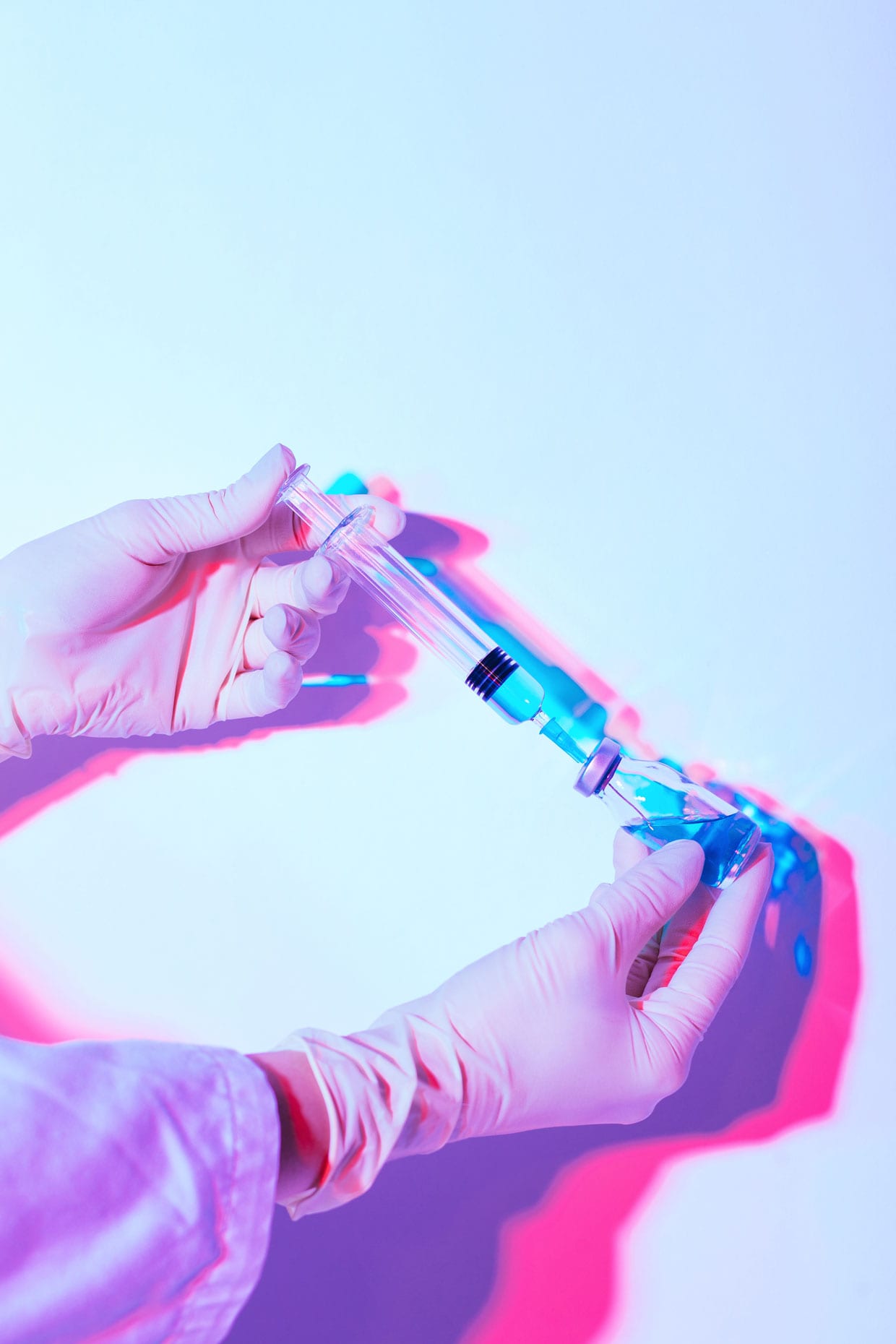
It is also important to make sure you are visiting a doctor who offers a full range of filler options. “Bringing in photos of yourself 5 or 10 years ago is a good idea since the goal is to always look like yourself,” says Douglas.
Know the risks. No procedure comes without risks, though for fillers, they are typically minimal. “Common risks include bleeding, bruising, redness and swelling,” says Shah. More severe risks can include infection, blindness (for fillers near the eye) and even skin necrosis — all reasons why this is really not the time to go with the cheapest filler option. “Don’t feel bad about questioning the doctor, learning about the materials and amounts used and have a good understanding of what is used that met your goals,” says Douglas. “Also, an injector should always have an emergency kit available to dissolve filler if needed. Share your medical history and all previous procedures as well; this is not a time to be shy about what you have done.”
Don’t slack on skincare. Getting fillers shouldn’t replace your skincare routine — but you may want to tweak some things. “Because of potential swelling or bruising, we recommend eliminating retinoids and advanced AHA [alpha hydroxy acid], BHA [beta hydroxy acid] or PHA [polyhydroxy acid] for a few days before and after the treatment,” says Shamban.
She also recommends beefing up your sunscreen routine, especially around the area of treatment. And, Shamban says: “The rest of your skincare — your basic physical exfoliating, cleansing and hydrating — can otherwise continue as normal before and after the treatment.”
We only recommend products we have independently researched, tested, and loved. If you purchase a product found through our links, Sunday Edit may earn an affiliate commission.
